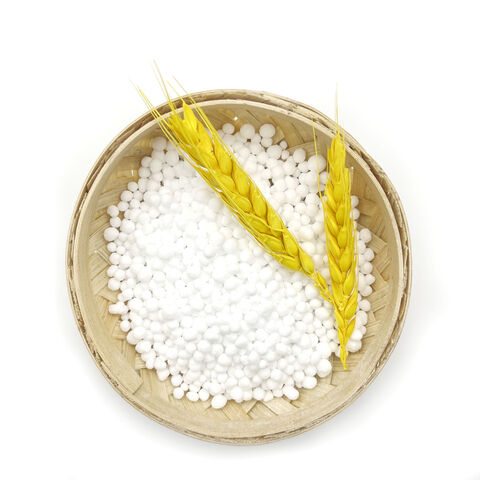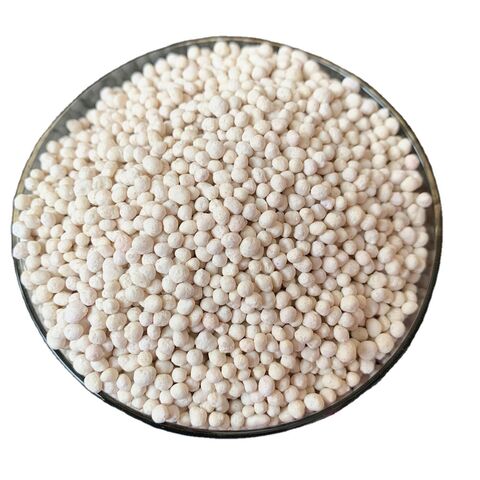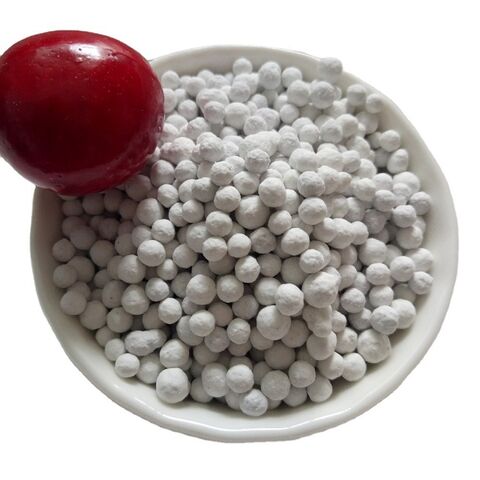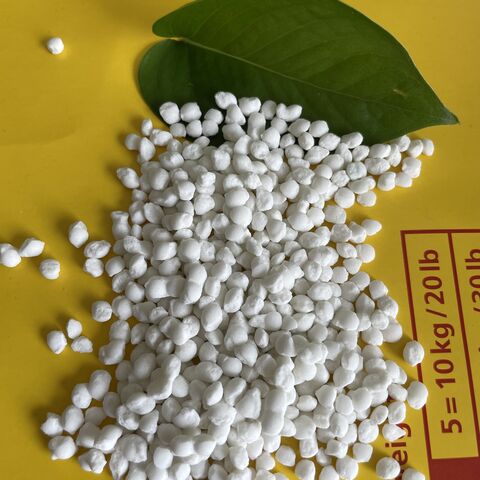Compound Fertilizer
1. Competitive price and quality from our own factory
2. Best service with 24 hour`s reply
3. Flexible payment with T/T,L/C , paypal, etc
4. Smooth production ability
5. Quick delivery and standard exporting package
Introduction to Compound Fertilizers:
1.Diversity of Ingredients: Compound fertilizers contain multiple essential nutrients, typically including nitrogen (N), phosphorus (P), and potassium (K), sometimes supplemented with trace elements like zinc, copper, manganese, etc.
2.Balanced Formulation: Compound fertilizers are precisely blended to ensure a harmonious ratio of different nutrients, promoting healthy plant growth.
3.Ease of Application: They are often in granular or pellet form, making them easy to apply and distribute.
Applications of Compound Fertilizers:
1.Agricultural Production: Compound fertilizers are widely used in agriculture to provide the necessary nutrients for various crops. Different crops may require different compound fertilizer formulations.
2.Horticulture and Floriculture: They are employed in horticulture and floriculture to enhance the growth and flowering of ornamental and flowering plants.
3.Lawns and Pastures: Compound fertilizers are used to maintain the health of lawns and pastures, improving the quality and color of grass.
Advantages of Compound Fertilizers:
1.Balanced Nutrient Supply: Due to their precise blending, compound fertilizers ensure that plants receive a balanced supply of nutrients, leading to improved growth and yield.
2.Reduction of Nutrient Loss: Compound fertilizers can reduce the risk of nutrient leaching, as their nutrient ratios are carefully calculated to minimize environmental pollution.
3.Reduced Fertilization Frequency: With the comprehensive nutrient supply they offer, farmers and gardeners can reduce the frequency of fertilization, reducing labor and costs.
4.Improved Crop Quality: By providing a complete range of nutrients, compound fertilizers contribute to the enhancement of crop quality, including color, texture, and nutritional value.






There are no reviews yet.